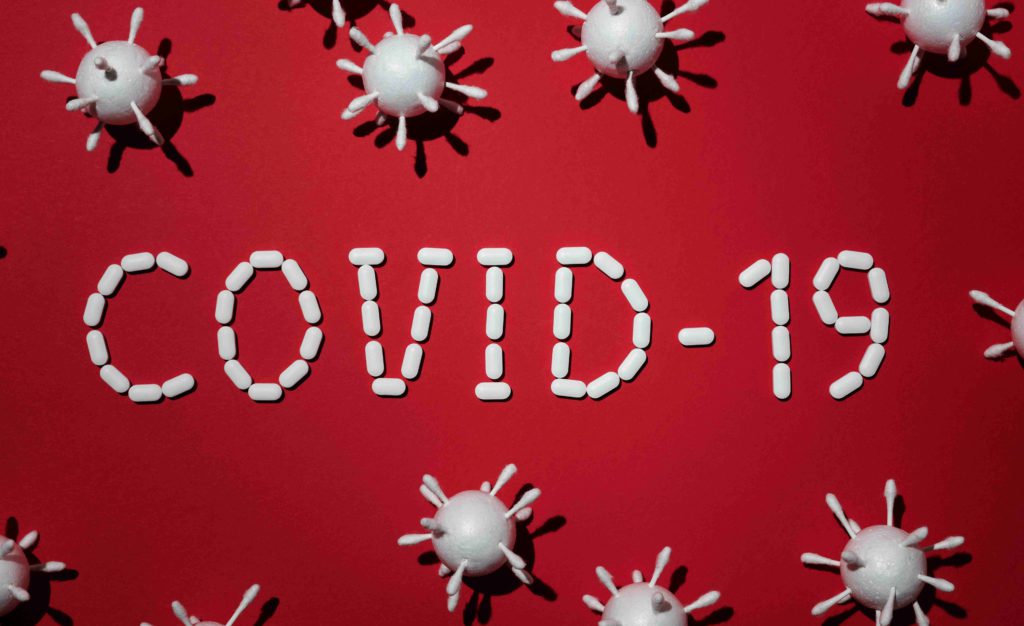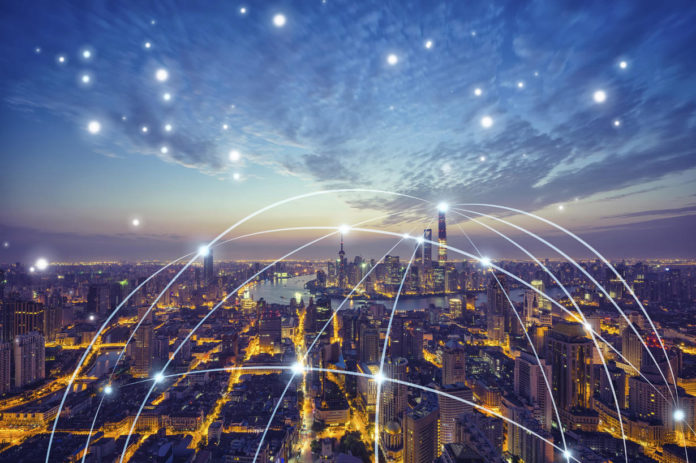Internet of Things and COVID-19: A Study for Future Pandemics
Internet of Things and COVID-19! Imagine a way where we could find COVID infected people within a crowd without any human intervention. If you sense this is a far-fetched notion, you’ve got another thing coming! IoT-based drones are unmanned aerial vehicles that can work wonders in spotting individuals with symptoms. This is not all that IoT can do to share the load of COVID-19 or any future pandemic. Before discussing the entire extent of the impact of IoT on pandemics, let us understand what this novelty tech entails.

A) What is IoT? And Why Do We Need It?
Little did you suspect, but IoT has emerged as one of the most critical technologies of the 21st century. It allows us to connect daily-use objects from kitchen appliances to healthcare apparatuses to the internet through embedded devices. Doing so ensures a flow of seamless communication between individuals, products, and processes.
Inexpensive to deploy, IoT amalgamates the internet cloud, big data analytics, smartphone technology, and physical objects to perform tasks with minimal human presence. It is only natural to leverage such technology for healthcare, especially now, when a pandemic threatens human survival.
Since IoT comes with a wide range of capabilities, like identification, authentication, data collection, tracking movements, etc. Experts estimate its usage in healthcare will rise from the present US$ 72 billion to US$ 188 billion in 2025.
B) Internet of Things and Covid-19: Vital Role
Given the scale of a pandemic, for monitoring vitals during different COVID-19 stages proactively. Infected patients who are under quarantine or self-treating at home need their physician. Besides, experts have identified that IoT can aid during the following three phases of COVID-19. They include – early diagnosis, quarantine, and post-recovery.
- Timely or Early Diagnosis: During this first stage of COVID-19, asymptomatic patients were perhaps more dangerous than those with observable symptoms. Early detection is crucial for preventing further community spread. Here, IoT-enabled devices can fasten the detection process. By capturing the body temperatures, taking random samples from people from containment zones, and more.
C) Internet of Things and Covid-19: Early Virus Detection
- IoT Enabled Wearables: A wearable IoT apparatus can record fluttering respiratory signs in a person. Through it, the patients can keep a tab on their health and make a medical appointment. Once they confirm their breathing is unstable and before any other symptom hits them.
- Smart Thermometers: Manufacturers have already devised IoT thermometers that continuously record body temperature. This affordable and accurate device can be worn under clothes at all times. They come in different forms like patch, touch, or radiometric and are incredibly helpful with early detection.
- Smart helmets: Using a temperature gun offers some distance to the person taking the temperature but not enough. To avoid exposure and detect cases early, using smart helmets with a thermal camera is a better option. The thermal camera not only detects an individual’s temperature but also captures the visual and location.
- Drones: As discussed above, drones are unmanned aerial vehicles that record temperatures from a distance and entirely without human interaction. IoT drones for medical purposes are not only safe to use; they are also faster as opposed to temperature guns. Essentially, this device flies over a population chunk recording temperatures and relaying information to the control center in real-time.
- Smartphone Apps: IoT-enabled smartphone applications, use your phone’s inbuilt GPS and GIS systems for auto-tracking potentially infected individuals. Using smartphone apps, healthcare professionals will advise patients whether to quarantine at home or check themselves into a hospital. Since the beginning of the pandemic, several smartphone applications have already been deployed for COVID-19 monitoring and diagnosis.
D) Internet of Things and Covid-19: Quarantine
- IoT Enabled Bands: IoT wearable bands have already helped several healthcare workers by ensuring that COVID-infected patients do not leave the quarantine perimeter. This solution is incredibly cost-effective and has helped track down patients who might have wandered off into the non-quarantine zones. These bands allow authorities to monitor quarantine cases every two minutes through a web interface. Further, if a patient removes the band from their arm or leg, the medical staff can alert the authorities to find them and ensure they don’t leave the quarantine facility.
- Sanitizing Drones: The quarantine facility must be kept sanitized at all times of the day. Therefore, an IoT-controlled drone can be used for disinfecting purposes. These machines can keep the quarantine facility impeccably clean without any human intervention.
- Social Robots: Social isolation during quarantine can have detrimental psychological effects. To counter this, experts have designed social robots capable of communicating with patients. These devices reduce mental duress during quarantine and physical distancing.
- Smartphone Apps: Keeping track of patients under quarantine is an uphill task. Therefore, select smartphone apps were devised for tracking the movements of people under strict quarantine. These apps could also be used to track the position of people under home quarantine.
E) Internet of Things and Covid-19: Post-Recovery Stage
- Wearables: After months of harsh lockdowns, the world is finally opening up, albeit slowly. Since restaurants and other recreation places are restarting operations, a protection mechanism must be put in place. IoT-enabled wearables can alert people when they come close to each other. Following social distancing norms when outside can be forgotten temporarily, but not if an alarm goes off each time individuals come too close to each other. An example of an IoT-enabled wearable is the EasyBand. This cost-effective device falls within the IoMT or Internet of Medical Things gamut and ensures that people follow social distancing. If an individual inch within four meters of another person, this band will start beeping, reminding them to maintain a safe distance.
- Proximity Tracer: An IoT-enabled proximity tracer is designed especially for construction workers. It attaches to the hat or the body of a worker. It alerts them if they break social distancing protocols. With this tracer, the workers can continue working without worrying about contamination.
- Multipurpose Drones: Already in use in China, a multipurpose drone can indeed help with all three phases mentioned above. It can scan individuals for fever, deliver medicines or other equipment if needed, and surveil a space for social distancing.
Parting Thoughts
Various IoT-powered technologies have come to the forefront to help fight the COVID-19 pandemic. While the pandemic will eventually come to a close, these innovative tech applications will stay and continue to evolve with our ever-changing understanding of technology. Such innovations will not only aid us in our fight against this pandemic but also future healthcare catastrophes.

